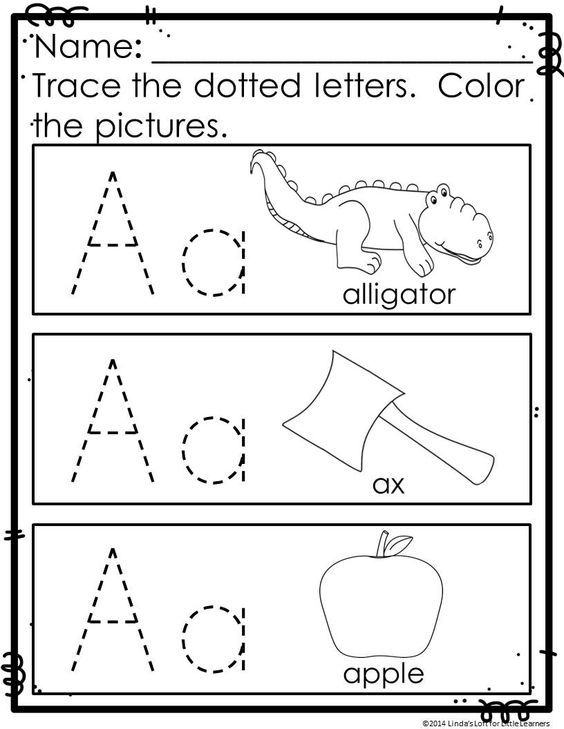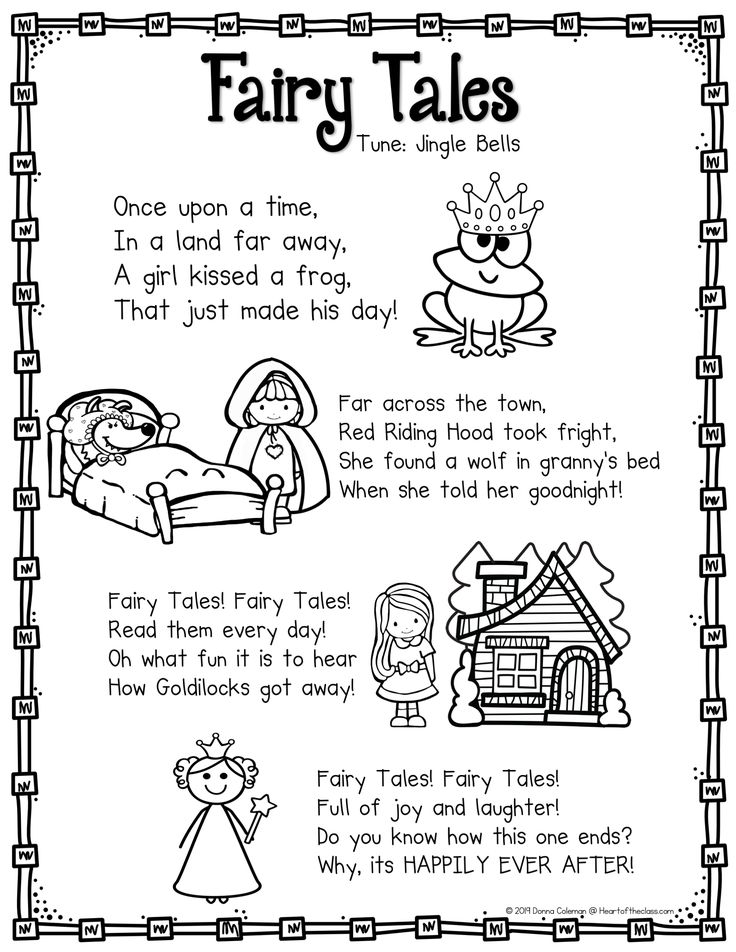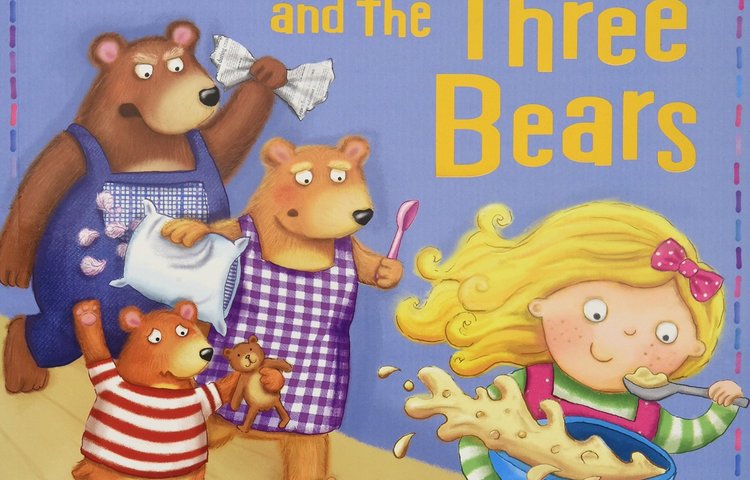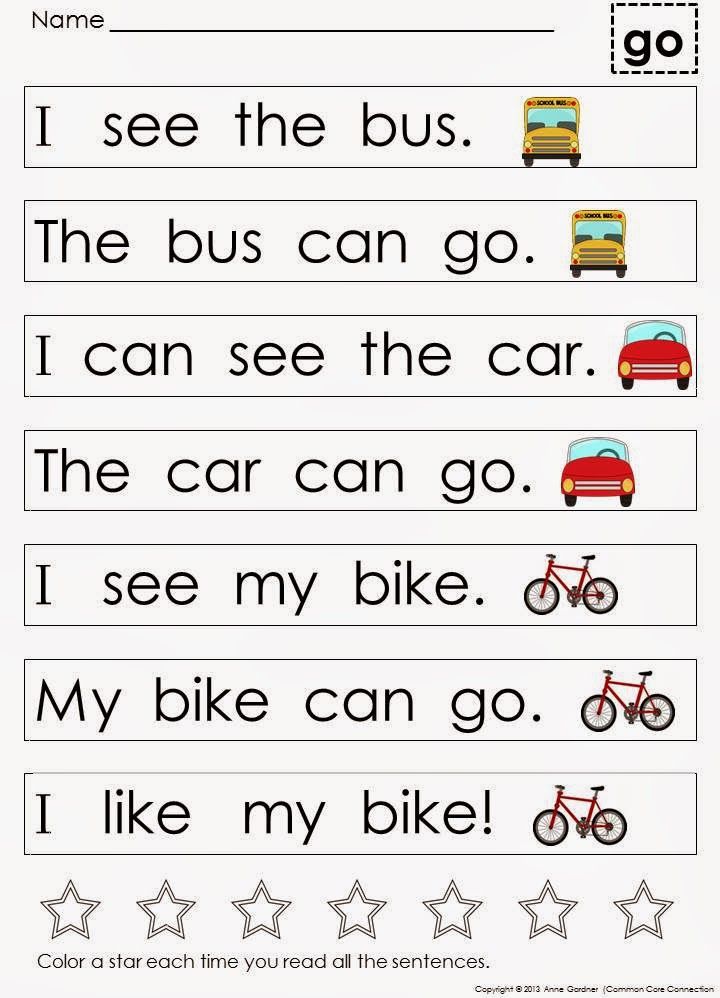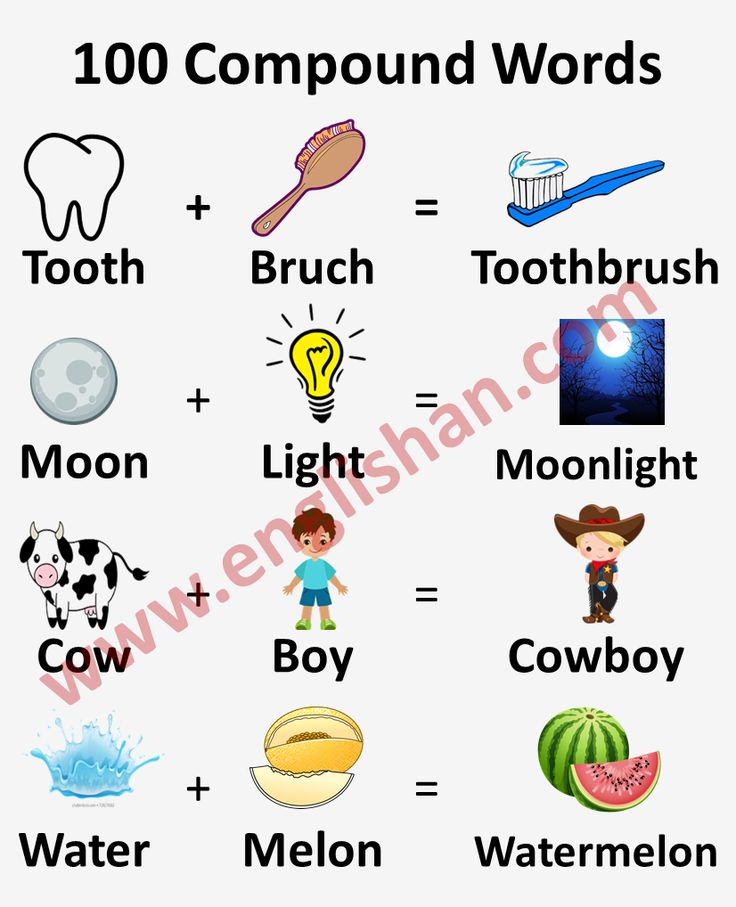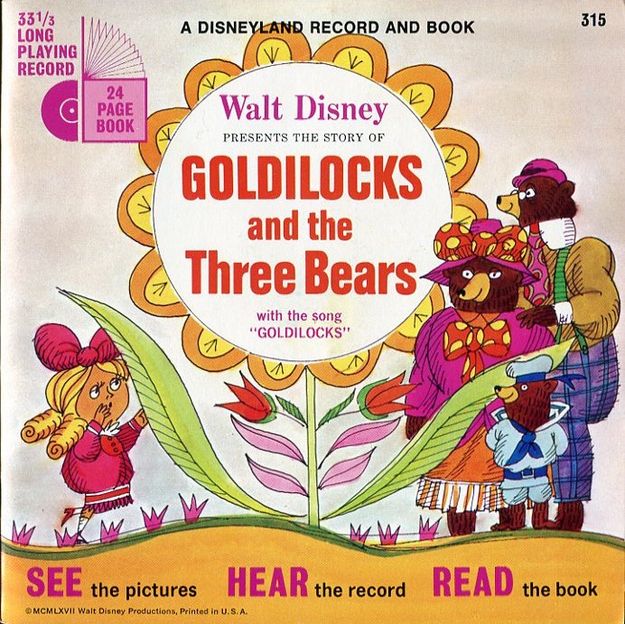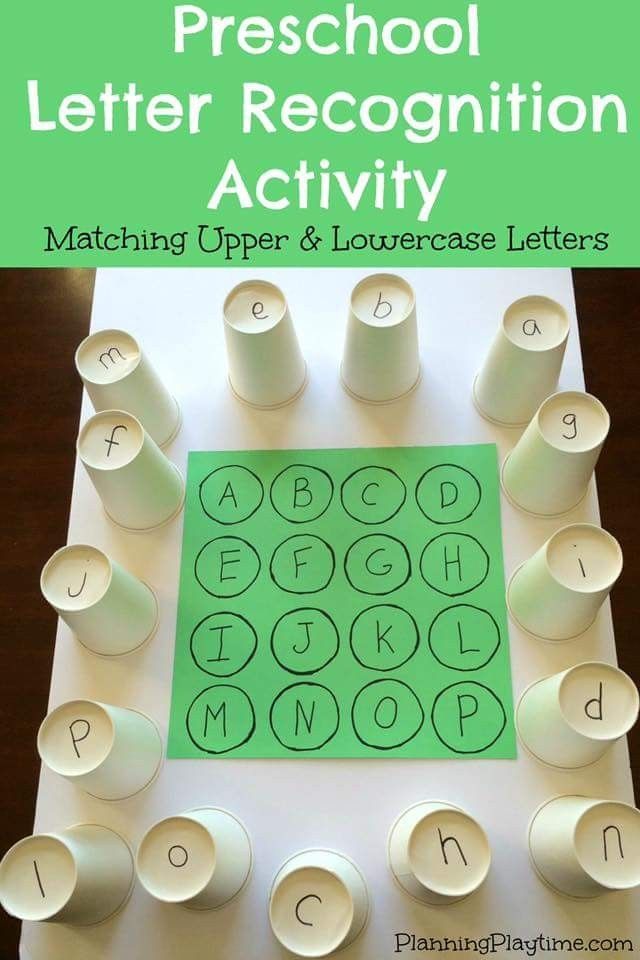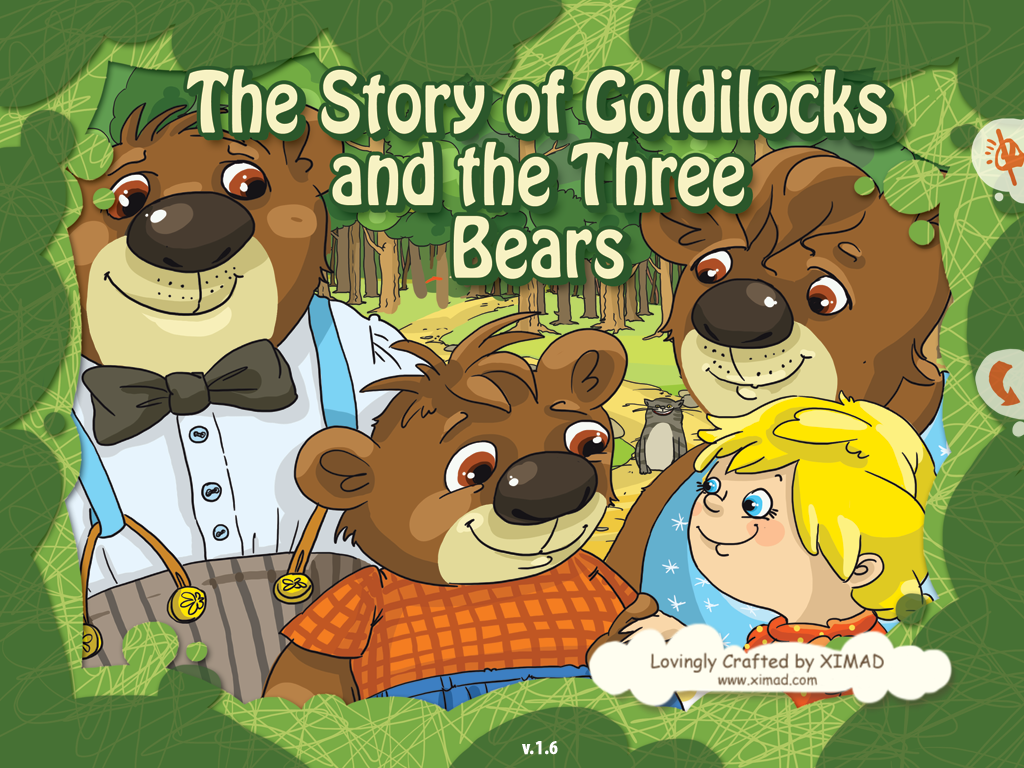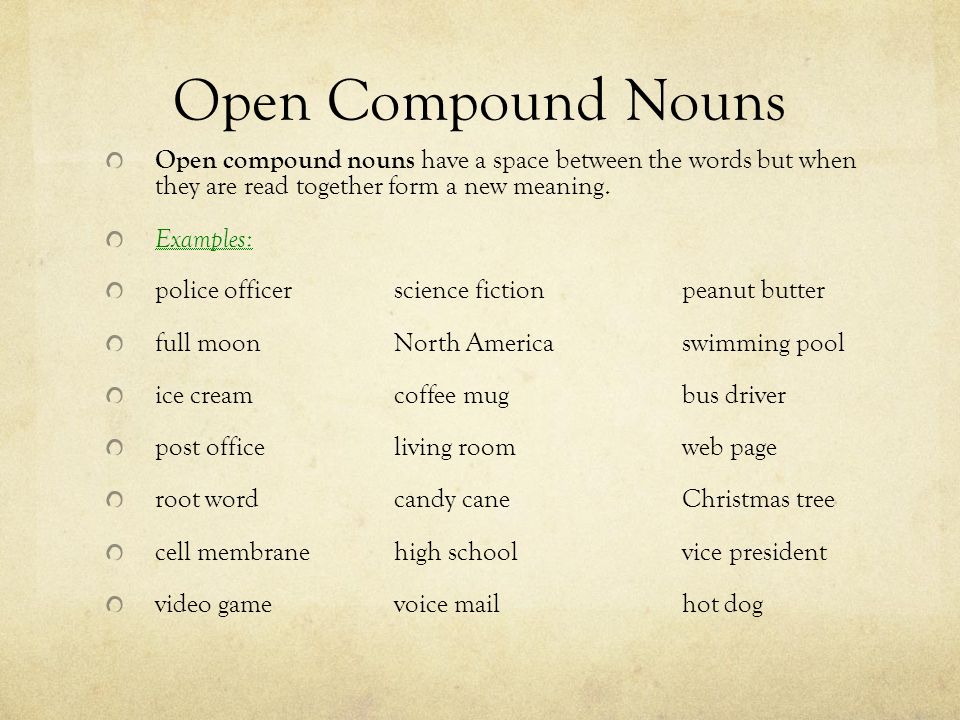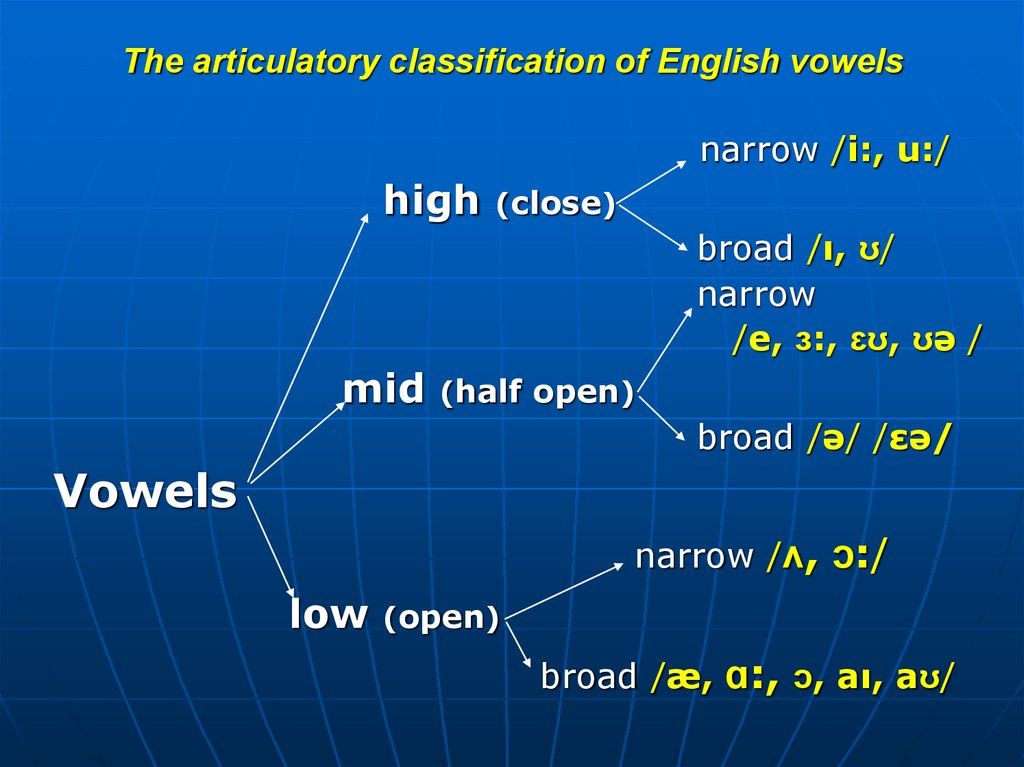Letter recognition for preschoolers
How to Teach Your Preschooler Letter Recognition Through Play
- Share
Helping your preschooler to gain letter recognition skills does not need to feel like “work!”
Learning through play in a fun, stress-free, and positive manner is always the best way.
What Letter Recognition Means
Learning letter recognition skills involves several different hands-on components.
Children need to distinguish the shapes of letters from each other (visually recognize them) and be able to point to and state the letter names, as well as the sounds made by each letter.
In addition, they must learn to form letters and write them.
These skills do not all need to be accomplished during the preschool years and in fact, preschoolers are not yet developmentally ready to learn to read and write.
By simply exposing your child in a fun way, you will begin the process of laying down foundational pre-reading and writing skills.
When Should a Child Recognize Letters of the Alphabet?
Although you can read about average ages when kids gain alphabet skills, those often vary widely.
Just as children learn to walk and talk at different ages, the same is true for recognizing letters of the alphabet.
They each learn at their own pace, depending on many factors.
How to Build Skills to Prepare Your Child for Letter Recognition
Through fun play activities, parents can help their children gain various developmental skills that prepare preschoolers for letter recognition.
Those types of skills include visual perception, memory, and auditory perception.
What this means is that learning the letters does not in fact start with exposure to the actual letters, but rather to play activities that develop these skills.
Visual Perception
Visual perception refers to your child’s brain making sense of what their eyes are seeing, such as details and shapes (shape recognition).
These skills also include visual-motor and eye-hand coordination.
Helpful kinds of activities include:
- those that exercise the large muscles (such as throwing/catching)
- small motor activities (like lacing)
- visual perception (such as building puzzles)
- and limiting screen time, which has limitations related to visual perception skills.
Memory
Memory development relates to storing and using information in the brain.
Stress-free activities to enhance these skills include:
- simple card games
- Memory card games (get your own by downloading the FREE set of printables at the end of the post)
- talking about fun memories
- story visualization
- reading and talking about books
- Visual memory games, like picture bingo
- Auditory memory games
Auditory Perception
Auditory perception includes the brain’s ability to distinguish sounds and words, which is important for learning the sounds of letters.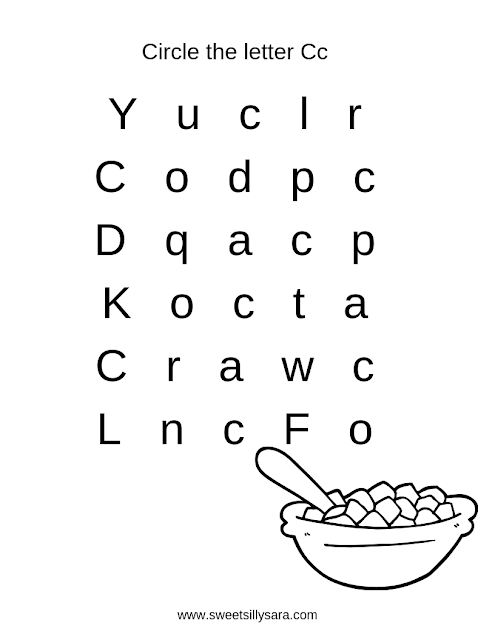
These are the kind of activities that can support this skill:
- listening to music
- distinguishing animal sounds
- clapping out copied rhythm patterns
[source]
How do I Teach My Child Letter Recognition?
Even before your child shows an interest in print,
- reading to them
- sharing poems and nursery rhymes
- talking to them
- telling stories
- and singing songs to or with them
are all meaningful and fun activities that set the stage for letter recognition.
Keep it fresh, keep it new, and be willing to return to their favourite activities when asked.
As your child shows a growing interest in print, make it available to them whenever possible.
Instead of keeping that book to yourself as you read to them, show children the words, running your fingers over them as you read. Let kids turn the pages of books.
Have books available in the home to which kids have constant access.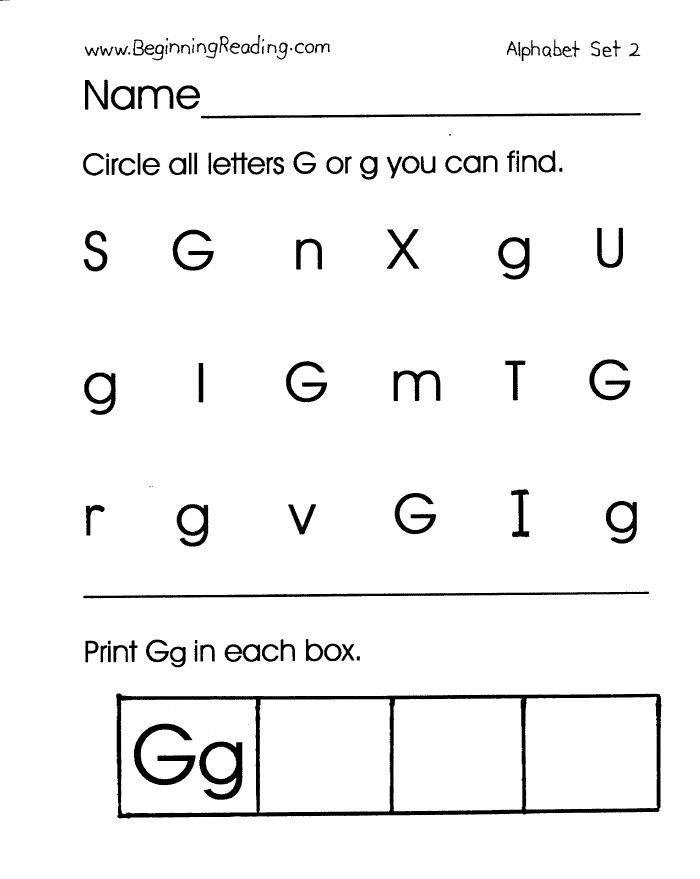
So many things around the house contain words, like packages, lists, letters, emails, screens, magazines, and greeting cards.
Point and touch as you read, showing children that you are using words daily, expressing how much can be learned through their use.
Write in front of your kids for all different purposes, at least sometimes spelling aloud.
Make drawing and writing tools and surfaces available to your child at all times, indoors and out.
Don’t just offer the traditional papers and crayons – include:
- Drawing with sticks in the sand
- Writing on clay or playdough
- Drawing on shower and bath walls with soap
Should I Teach the Letters in a Specific Order?
Instead of teaching letters in any special, prescribed order, focus on those that are used most often and in order of importance for your child.
They typically want to know about the letters:
- in their names
- in “MOM” and “DAD”
- in a pet’s name
- environmental print (like on STOP or WALK signs)
- and even outstanding words from a favourite storybook
Think about and pay attention to those letters and words that appear to be interesting to your kids, using them as the foundation to build upon.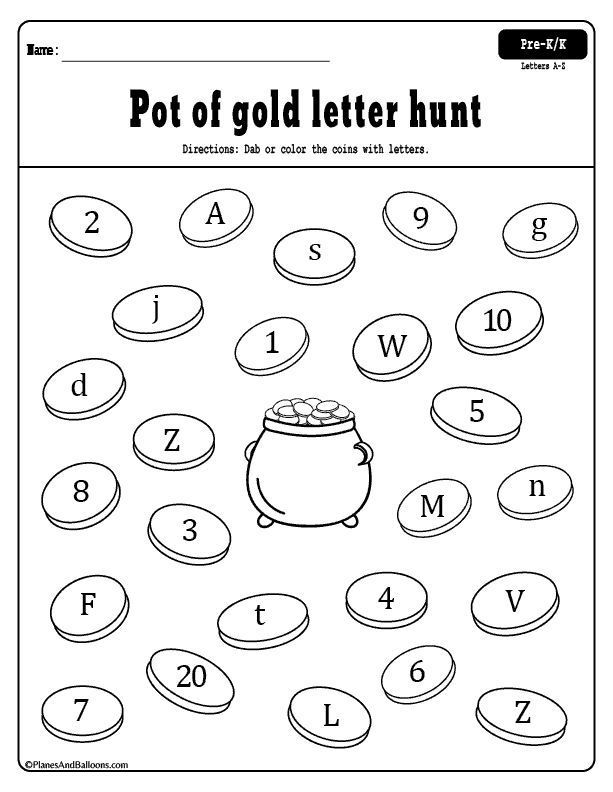
[source]
Is it Better to Teach Upper or Lowercase Letters First?
For preschoolers, the field of occupational therapy makes a good case for beginning with capitals in handwriting letter formation.
They are formed from larger lines and curves that avoid retracing and changing directions, while still teaching top to bottom strokes.
If children try to form letters for which their visual-motor skills are not prepared, they sometimes build poor habits that can be difficult to break later on.
Of course, your child may be familiar with lowercase letters, seeing them in many print formats, and gradually learning to identify them.
When their motor skills are ready, they typically make an easy switch to including them along with uppercase when they write.
[source]
Letter Recognition Activities and Games for Preschoolers
Here are some fun ways to teach your preschooler recognition through play.
1. Point Out Environmental Print
Print is all around us.
Point out, talk about and stress the sounds of words on signs (such as favourite restaurants and traffic/street signs), cereal or other product boxes/labels, and familiar logos.
2. Share Rhyming Books
Read favourite rhyming books to your child, accentuating the rhyme and rhythm.
Afterwards, play an oral game of stating some rhyming words from the story and adding a new rhyming word of your own.
Challenge your child to come up with more words that rhyme. Either real or pretend “words” are okay, as it is the rhyming factor that counts.
3. Letter Hunt
Point out and talk about the letters in your child’s name, making them clearly visible in print.
Show them how you find one of those same letters in a magazine or newspaper and cut out as a rather square piece (not necessarily trying to cut out close to the letter’s edges).
Challenge them to find other letters from their name in print and cut those out, as well.
After all the letters have been found, they can arrange them in the correct order for their name.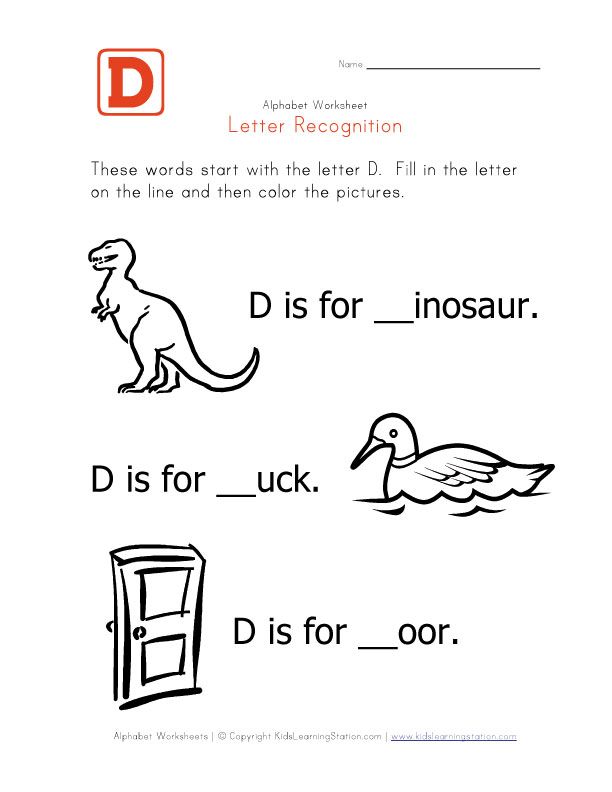
These may be kept in a small bag for future use or glued onto a coloured sheet of paper to post on the fridge or in your child’s room.
Instead of cutting, another option is to use different colours of highlighters to mark various letters found in print.
4. Play with Plastic/Wooden Letters
Letters may be sorted and put into piles in different ways:
- those with curves
- letters with straight lines
- those from your child’s name or other important words
- letters they can name
- and those for which they can say the sounds
Letters with magnets may be used on the fridge or on a magnet board for sorting purposes.
5. Bake Letters
Use bread or pretzel dough to form letters with your child, then bake them to be eaten later.
While you work, talk about the letter names, sounds, and easy words (like their names) that may be formed.
Special baking tins and cookie cutters may be purchased to bake letters.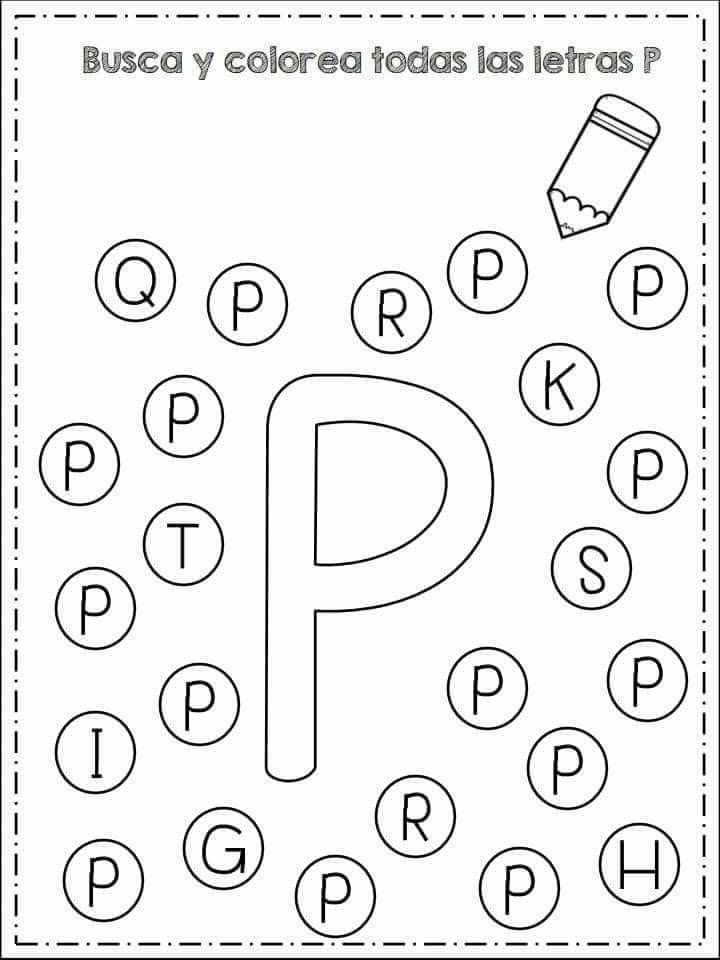 You can also bake oblong cakes and cut into large letter shapes, as well.
You can also bake oblong cakes and cut into large letter shapes, as well.
6. Form Letters with Familiar Materials
Offer kids various types and colours of pasta to form letters on flat backgrounds, either to glue into place or to leave loose and rearrange into different letters.
Other materials to explore might include:
- dry breakfast cereals
- buttons or pennies
- cotton balls
- dried beans
- mini-marshmallows
- toothpicks
- rice
- Yarn
7. Form Letters with Unusual Materials
Using a tabletop or oblong baking pan with low sides, spread shaving cream or pudding for your child to trace letters into with their fingers.
The same may be done with sand (or moved outside), to trace in with fingers or safe “sticks,” like pencils, dowels, or rulers.
8. Go on a Scavenger Hunt
Have children choose a letter card or cutout. Talk about how the letter looks and sounds.
Depending on your child’s level of development, challenge them to find things around the house that have that letter printed on them OR objects that begin with that letter’s sound.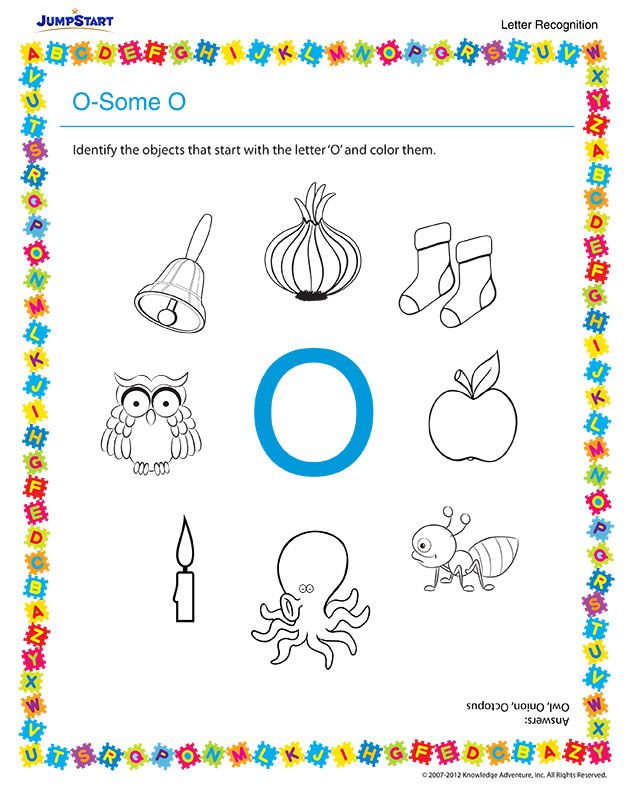
9. Fish for Letters
Magnetic letter fishing games may be purchased or made with paper, magnets, paperclips, dowels, and string.
Name or pick a letter, focusing on how it looks and/or sounds. Kids then “fish” for the matching letters from the “pond.”
They can also just fish for a random letter and then name it once it is “caught.”
You can also use a version of this game later on, when children are learning to match upper and lowercase letters.
10. Play Musical Chairs with Letters
Add paper plates with letters or letters cut from cardboard right onto the chairs or onto the floor beneath.
Children walk around the circle and find a place to sit when the music stops. They each then name the letter on their chair or floor directly beneath.
11. Find Letters on a Keyboard
Make use of an old computer keyboard or typewriter. Your child names the letters as they touch the keys.
They can also find them to press as you say the names, sounds, or hold up cards, one letter at a time.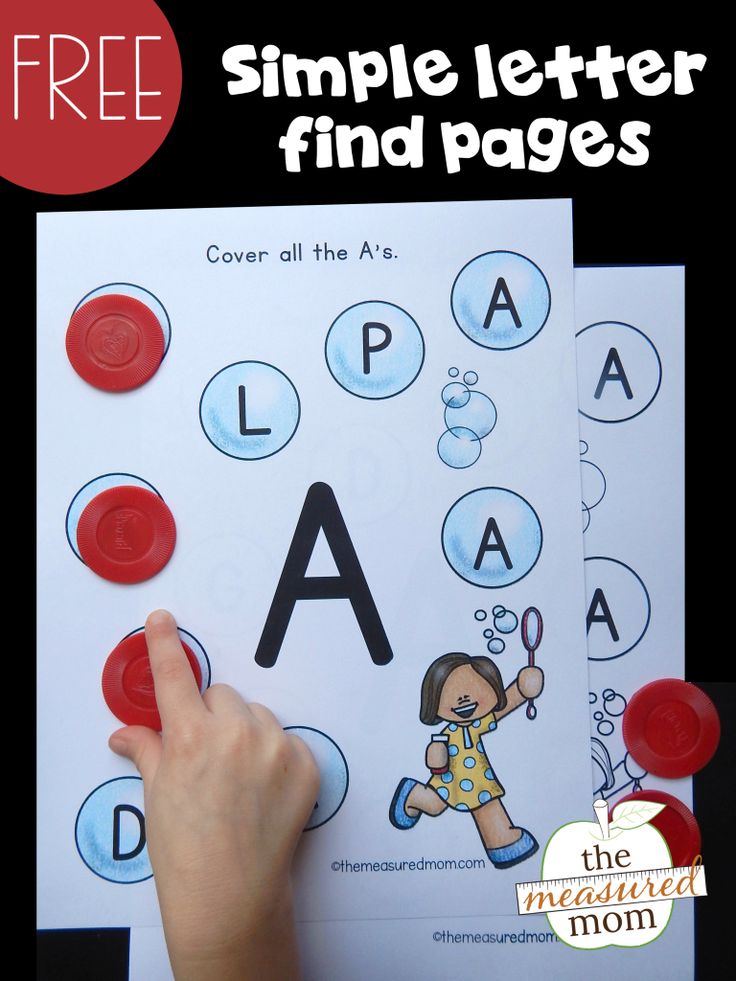
12. Spray or Write Letters Outdoors
Offer spray bottles with water for children to spray letters on driveways, sidewalks, or even the side of your house.
Another option is to use sidewalk chalk to write letters on the driveway, patio, or basketball court.
13. Form Letters with Bendable Materials
Get your child to bend pipe cleaners, chenille stems, or products like Wikki Stix (string covered in wax) to form letters.
Children often like to make multiple letters and form words, as well.
14. Find the Hidden Letters
“Bury” plastic or wooden letters in a sand table or sand box. Ask your child to name the letters as they are discovered.
Other materials may be used as alternates in sand tables or large trays, such as coloured rice, pasta, dried beans, or bird seed.
All of these ideas can help to strengthen your child’s early literacy skills.
Pay attention to where they stand in their development and keep raising the bar just a bit higher, while still returning to those games and activities in which they feel a high measure of success!
This is the key to learning.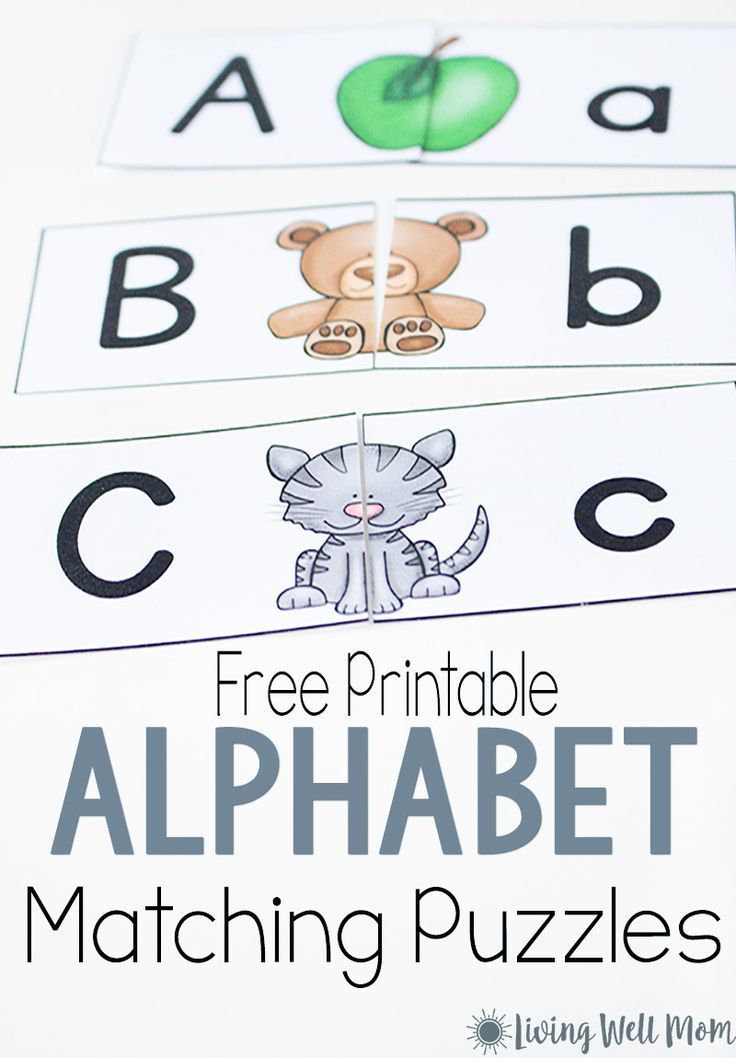
Get FREE access to Printable Puzzles, Stories, Activity Packs and more!
Join Empowered Parents + and you’ll receive a downloadable set of printable puzzles, games and short stories, as well as the Learning Through Play Activity Pack which includes an entire year of activities for 3 to 6-year-olds.
Access is free forever.
Signing up for a free Grow account is fast and easy and will allow you to bookmark articles to read later, on this website as well as many websites worldwide that use Grow.
- Share
Letter Recognition & Formation Activities
Are you looking for alphabet activities to help you teach your preschoolers and kindergarteners as they are learning the ABC’s?
With these fun, hand-on resources, your pre-readers will practice letter identification, formation, and much more as they learn the ABC’s of Literacy.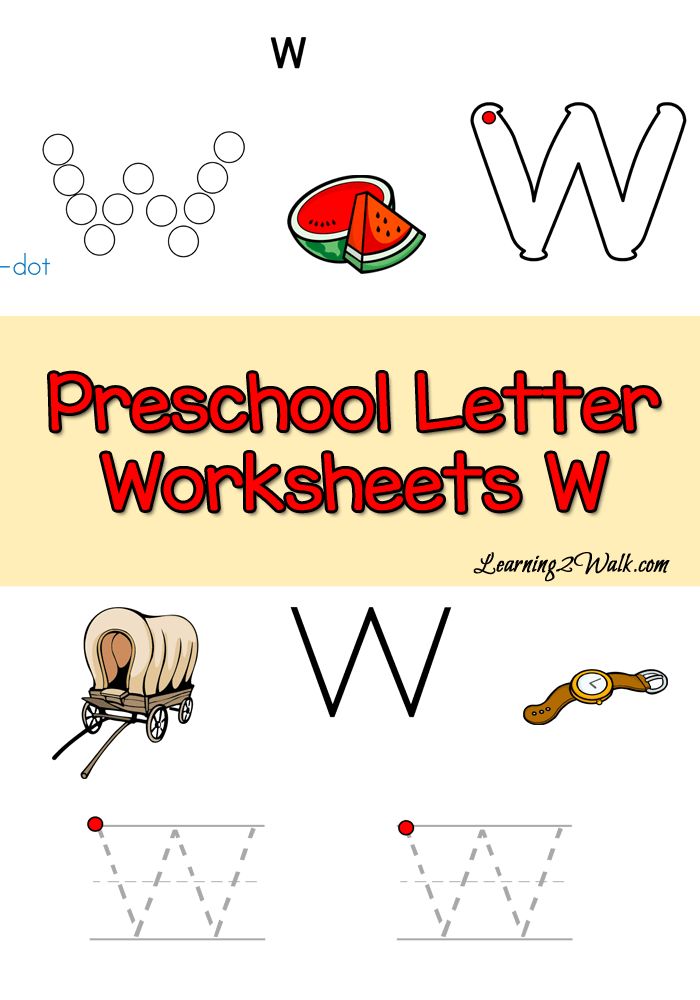
Activities for Learning the ABC’s:
One of the 5 Pre-Reading Skills Kids Need To Be Successful Readers is letter knowledge.
Letter knowledge begins with alphabet or letter recognition. It is the ability to recognize and name all of the lowercase and capital letters.
Kids who can recognize the letters of the alphabet can distinguish between them too.
As you are teaching letter recognition to your children, they can practice the concepts with these fun, hands-on activities.
Alphabet Mats:
Using play dough, mini erasers, pom poms, or any other small manipulative is a fun way for kids to practice letter formation.
Your children can also use many of these these alphabet mats to practice writing the letters.
Pizza Alphabet Play Dough Mats
Mouse & Cookie Letter Mats
Farm Animal Play Dough & Letter Mats
Sun Alphabet Play Dough Mats
Building Blocks Capital Letter Cards
Apple Alphabet Play Dough Mats
Pets Play Dough & Letter Mats
More Alphabet Mats
Letter Naming Activities:
Hands-on activities will help your kids practice naming lowercase and capital letters.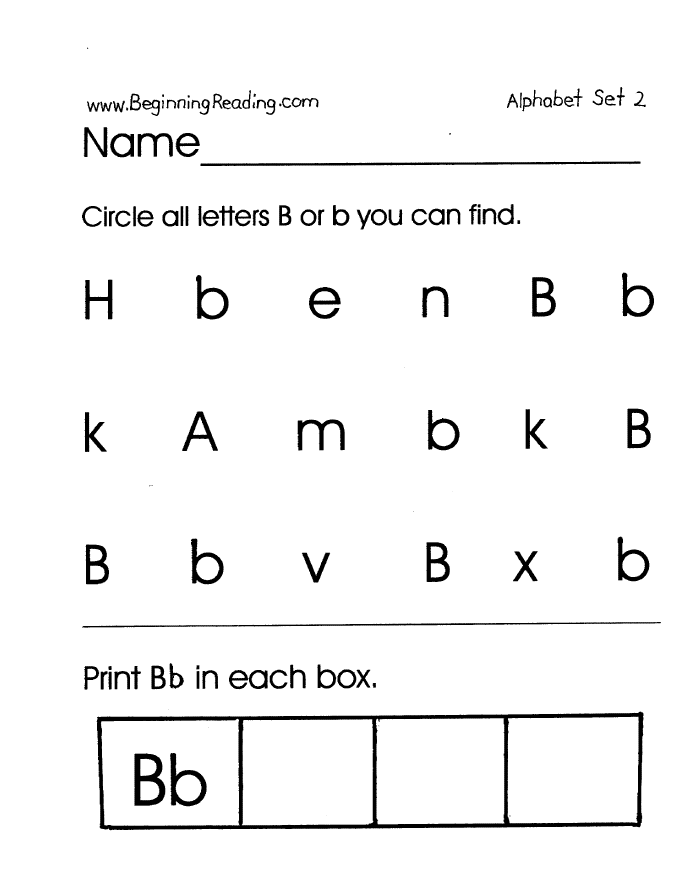
Your children can use these engaging resources to work on letter sounds too.
Dragon & Tacos Letter Recognition Activity
Unicorn Letter Recognition Activity
Dinosaur Letter Recognition Activity
Shark Letter Recognition Activity
Seed Packet Letter Recognition Activity
Pigs & Pancakes Letter Recognition Activity
There Was An Old Lady Who Swallowed The ABC’s Letter Recognition Activity
More Letter Recognition Activities
Alphabet Games:
Games are always a fun way for kids to learn! These interactive activities will help your children practice letter recognition and much more.
Doughnut Shop Letter Recognition Game
Fly Swatter Alphabet Game
Apple Alphabet Game
ABC Bingo Game
Penguin Alphabet Game
Magnetic Letter Bingo Game
Letter Recognition Games
Letter Matching Activities:
These letter matching activities will help your children practice identifying and matching lowercase and capital letters.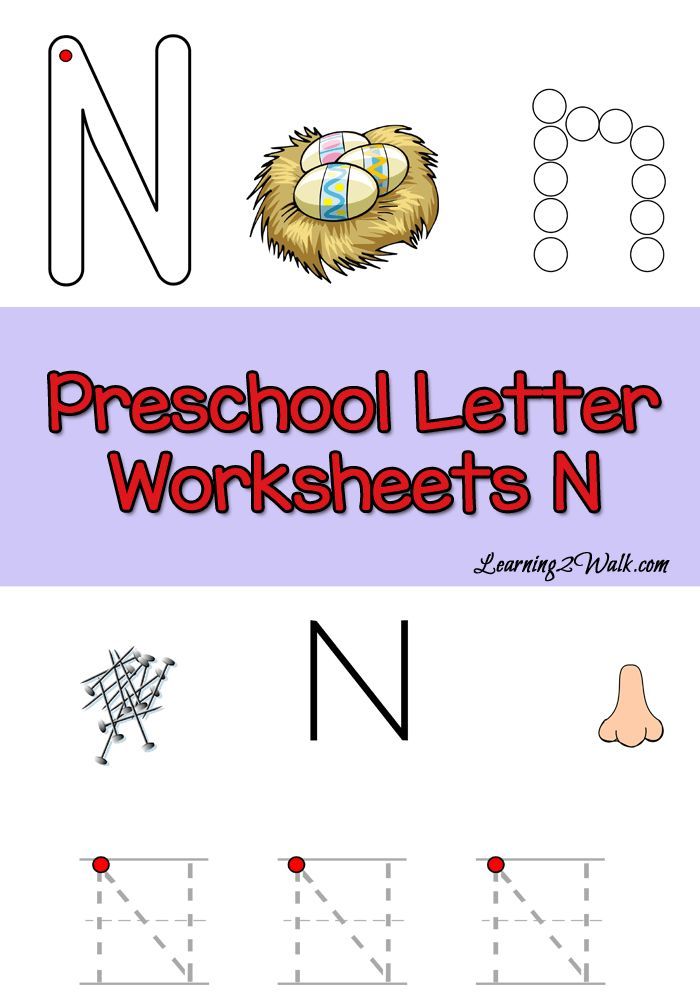
These hands-on resources are a great way for kids to develop their fine motor skills, finger muscle strength, and much more!
Alphabet Clip Cards
Tennis Racket & Ball Alphabet Match
Bird & Nest Letter Match Activity
Cookie & Milk Letter Match
Magnetic Letter Match Activity
Cat & Yarn Letter Match Activity
Ice Cream Letter Match Activity
Letter Sensory Activities:
Sensory activities are a fun, hands-on way to incorporate learning concepts such letter recognition and formation.
Magnetic Letter Sensory Bin
Muddy Pigs Alphabet Writing Tray
Fishing Alphabet Sensory Bin
Letter Sensory Bottle
Construction Alphabet Sensory Bin
Sun Letter Recognition Activity
Strawberry Letter Recognition Activity
Learning the ABC’s is fun with hands-on activities! These interactive resources will help your kids learn and practice letter recognition, formation, and much more!
Pin It For Later:
Do you want to save these letter recognition activities for later? Pin this to your alphabet board on Pinterest and it’ll be here for when you’re ready!
You May Also Like:
Are you looking for more fun, hands-on alphabet activities? These resources will help your students to practice letter identification and formation.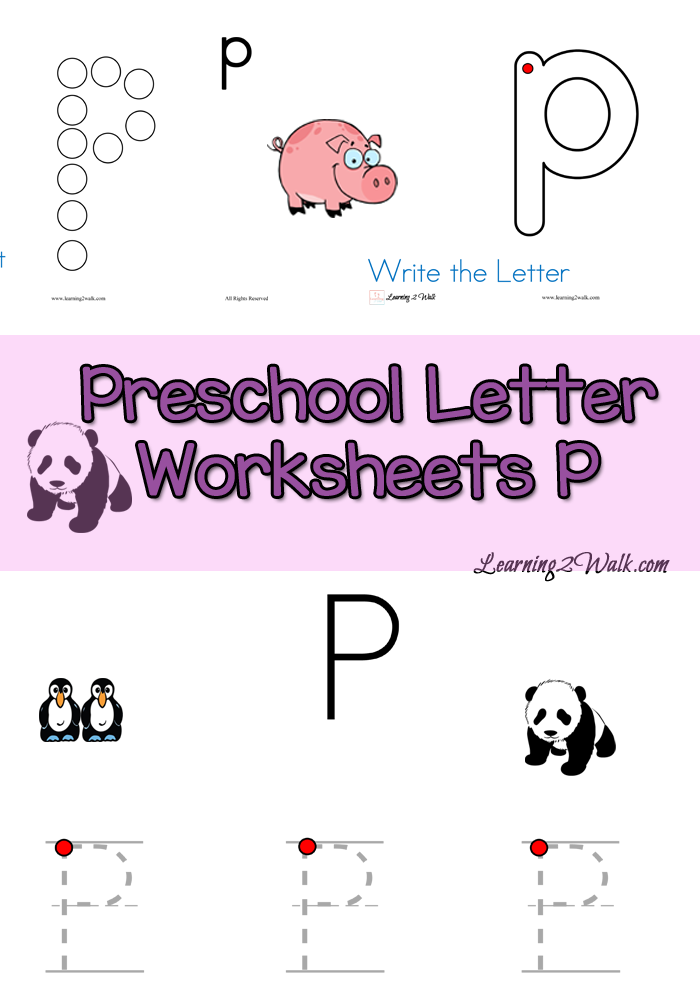 Your kids will also work on developing their fine motor skills, hand and eye coordination, and more. Click on the picture to learn more!
Your kids will also work on developing their fine motor skills, hand and eye coordination, and more. Click on the picture to learn more!
More Resources for Pre-Readers:
Pre-Reading Skills
Preschool Worksheets
Book Lists for Kids
Learning to distinguish letters: do not miss the important!
How well your child learns letters affects their ability to read and perform in elementary school. In the study of letters, it is very important to be consistent and systematically engage with the child, since at first the learned letters are forgotten very quickly, like any abstract symbols.
Learning block letters . This is the first and most difficult step. The child is still confused in letters, distinguishes them poorly and remembers with difficulty. Teachers recommend working with cards on which the letter is shown next to the subject for this letter. Such a hint will allow the child to independently remember the letter. Associative cards at first can be left in all prominent places until the recognition of letters is brought to automatism. In the learning process, you can use magnet letters, lay out letters from any materials (flowers, figures from Kinder Surprise, counting sticks, lids from baby food cans and much more) and make wishes to each other. This will not only help the child remember the letters, but also prepare the preschooler for the fact that the same letters can look different. Play games - invite the child to cross out all the letters A, (B, C ..) in a small passage from the newspaper; guess the letters written on its back or on the handle; choose the correct version of the letter from two letters, one of which is written in a mirror; write a familiar letter with a stick in the sand or with chalk on the pavement.
Associative cards at first can be left in all prominent places until the recognition of letters is brought to automatism. In the learning process, you can use magnet letters, lay out letters from any materials (flowers, figures from Kinder Surprise, counting sticks, lids from baby food cans and much more) and make wishes to each other. This will not only help the child remember the letters, but also prepare the preschooler for the fact that the same letters can look different. Play games - invite the child to cross out all the letters A, (B, C ..) in a small passage from the newspaper; guess the letters written on its back or on the handle; choose the correct version of the letter from two letters, one of which is written in a mirror; write a familiar letter with a stick in the sand or with chalk on the pavement.
It is important to teach your child to distinguish between large and small letters. There is a simple rule "abeyoruf" - in a direct printed font, seven lowercase letters differ from capital letters not only in size, but also in shape: A, B, E, E, R, U, F.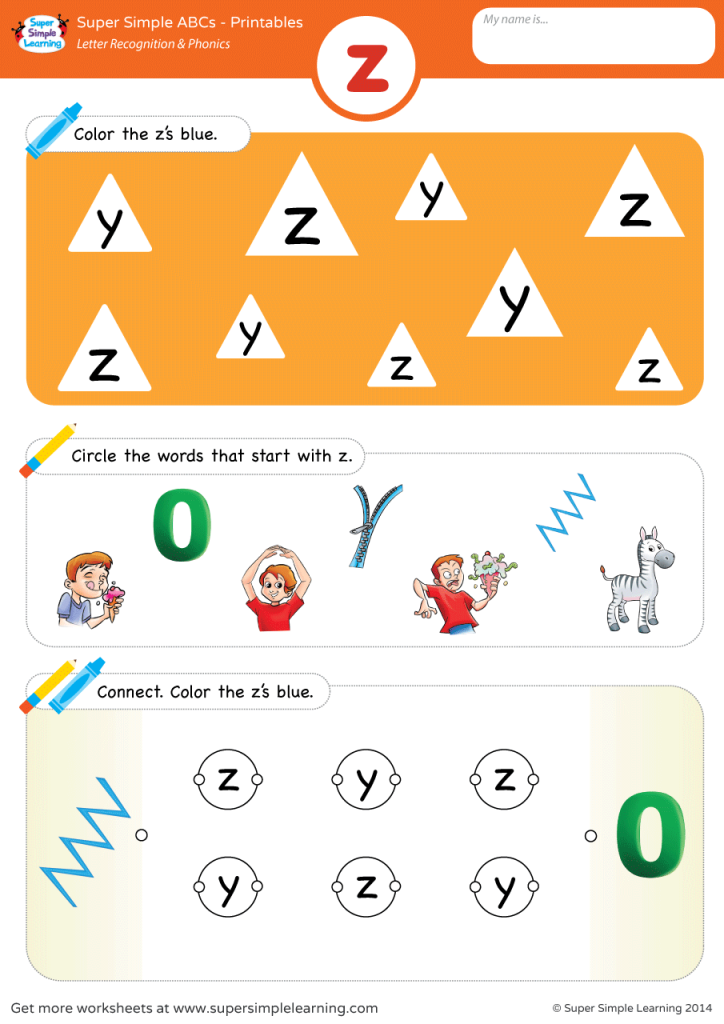 The last three tails go under the line. Therefore, you just need to show how small a, b, e, e are written and pay attention to the tails of the letters p, y, f.
The last three tails go under the line. Therefore, you just need to show how small a, b, e, e are written and pay attention to the tails of the letters p, y, f.
Getting to know capital letters . After the child has learned the names and visually memorized printed letters, we begin to introduce him to capital letters. It is necessary to show both large and small letters at once. It will be great if a preschooler learns to recognize capital letters, correlate printed and written text. This also applies to uppercase numbers. Well, he will learn to write capital letters already at school.
Learning to recognize letters in different fonts. The spelling of letters in different fonts is diverse and can vary significantly - the letters have a different slope, they can look like handwritten ones, for example, T is like M, they can be voluminous or hollow. Therefore, even a well-read child sometimes cannot read shop signs, book titles.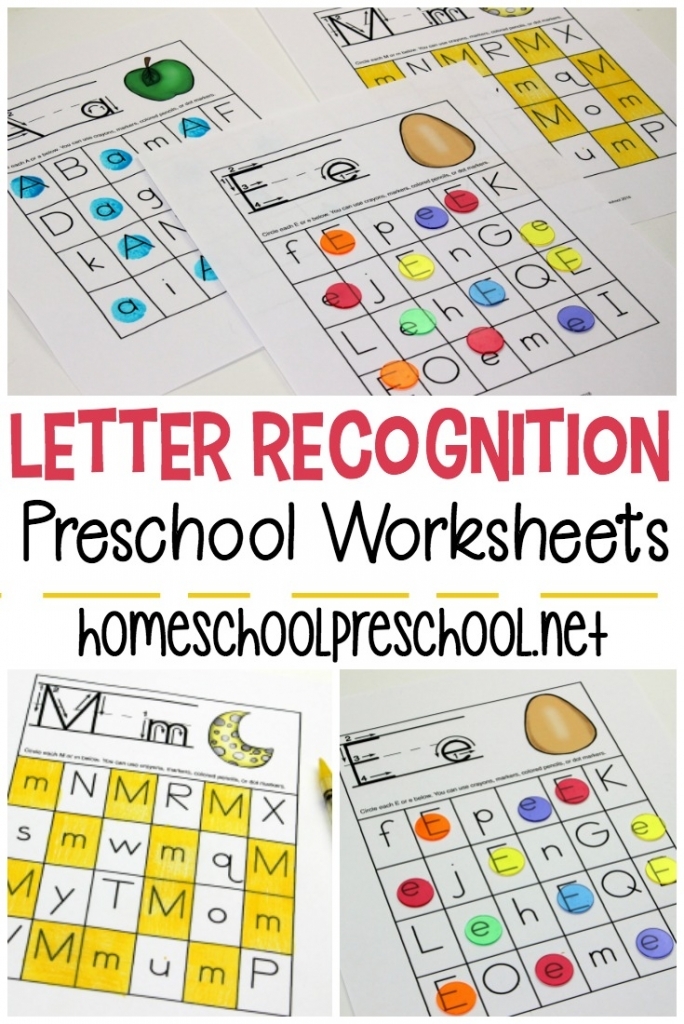 Print out a sample letter page in two or three fonts, show it to your child, and keep it permanently. He has difficulties - call the letter and check with him on the "cheat sheet". Show your child flyers with interesting fonts, browse magazines and newspapers with him.
Print out a sample letter page in two or three fonts, show it to your child, and keep it permanently. He has difficulties - call the letter and check with him on the "cheat sheet". Show your child flyers with interesting fonts, browse magazines and newspapers with him.
Learn to Read Games for children to learn to read
Learning to read is a difficult task for young children. At times, learning to read seems completely impossible, especially if the child has dyslexia due to phonemic hearing impairment and neurological problems.
Learn more about diagnosing dyslexia in a child in an article on the eKidz.eu blog. Fortunately, teachers and parents can successfully prevent reading difficulties in their children and enjoy it too! To do this, starting from preschool age, play games with words and images that develop visual and auditory perception, hand-eye coordination and spatial orientation, memory and attention of children. Educational games are easily integrated with other games that children have already played and will help foster a love of learning from childhood.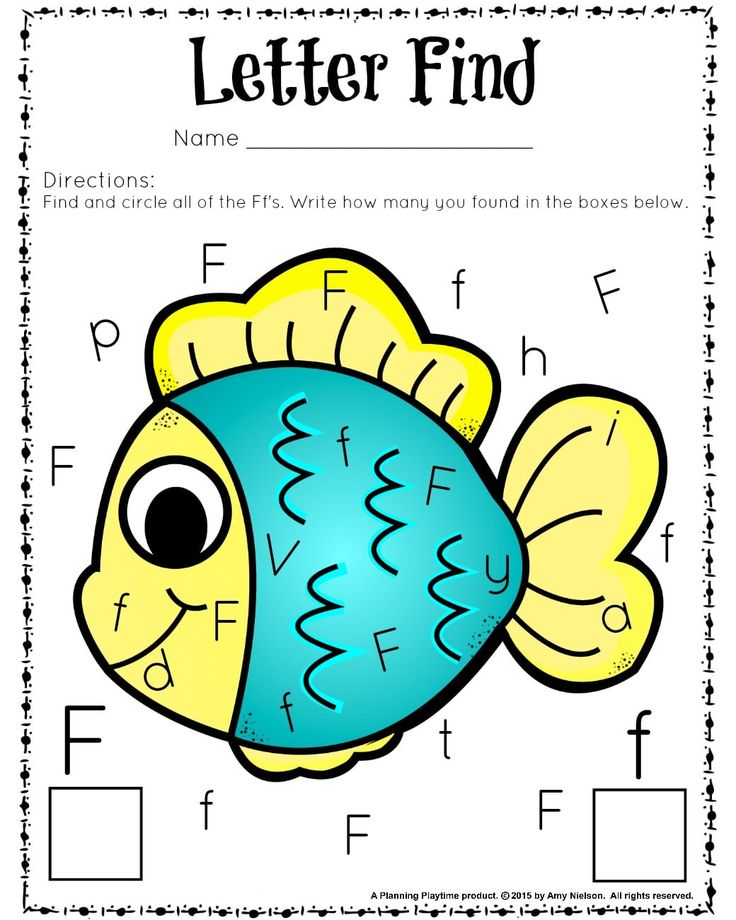
Let's learn some auditory and visual games!
Games for the development of verbal perception
Phonemic awareness is the ability to hear and reproduce sounds, to understand that spoken words and syllables consist of a sequence of speech sounds (Yopp, 1992). Phonemic hearing begins to develop immediately after birth, and already at an early age the child already understands the acoustic characteristics of sounds. However, in case of underdevelopment of speech, pronunciation disorders and difficulties in reading and writing in the future may occur.
So, here are a few games for the development of auditory perception and attention, recommended for children from 3 years old: "Guess the Sound" For example, put a blindfold on your child while you make sounds like snapping your fingers, clapping your hands, or tapping on the table.
"Where is the sound?" - determine the location of the sound: "Guess where it's calling" For example, hide an object that will make noise (such as a timer or your mobile phone) in a room, and then compete to be the first to find the hidden object.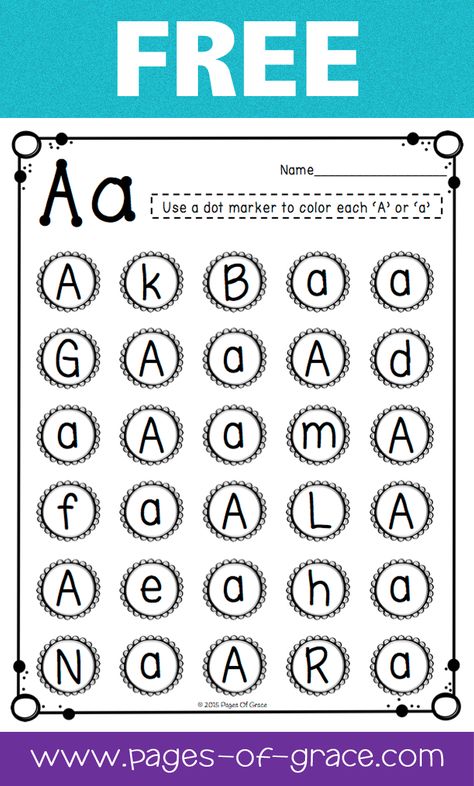
Animal Sound Recognition “Guess who makes that sound?”, “Who is hiding in the house?” For example, make the sounds “woof, woof” like a dog, “meow” like a cat, or “moo” like a cow, and ask the child to guess the animal.
For the development of speech (phonemic) hearing, which is responsible for the definition of speech sounds, it is recommended to regularly involve children in games from 4-5 years old:
- "Catch the sound with your hands" - the development of sound recognition.
For example, ask a child to clap his hands as soon as he hears a certain "r" sound, and then say "The radish rarely grew in the garden, the garden was rarely in order."
- "Guess the object by the sound" - the definition of the object that makes the sound:
"Guess the Sound" "Where is the sound?" - determining the place of sound in words by inserting a diagram into words.
For example, write out the sentence "Two plus two equals four" and have the child point wherever the letter "T" sounds.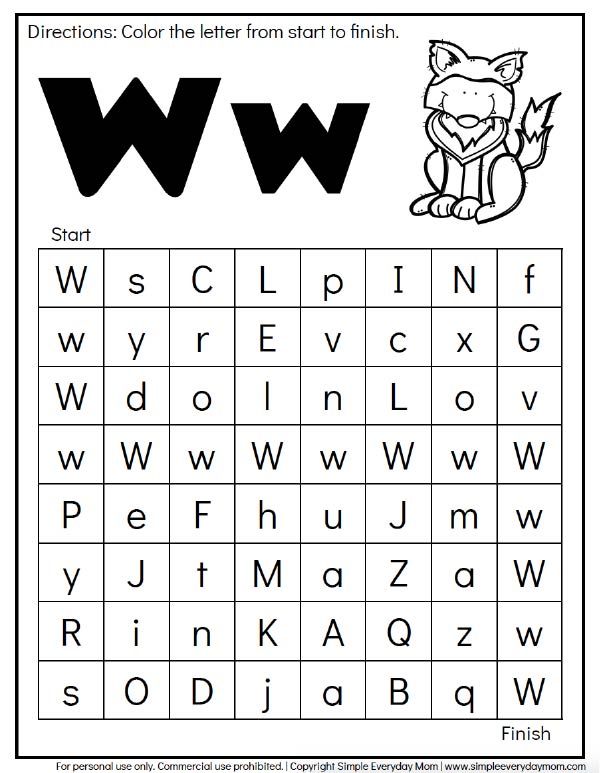
“How many sounds?” - show as many fingers as the sounds were played. For example, say the word "elephant" and help your child understand that there are 4 sounds for each letter in the word.
- Select Image - Select an image that has a specific sound when the object's name is spoken aloud.
For example, take the colored cards and ask the child to identify each where the sound "C" is present and help the child understand that the common meaning for the color names "Blue" and "Grey" is sound.
Games for the development of visual perception
Due to insufficient development of visual recognition, children may confuse similar letters, name them incorrectly or have difficulty remembering them. To avoid this, play image games. It's fun and productive.
Spot the Difference - look at a couple of pictures and try to find the differences.
"Overlay Images" - look at 3-5 contour images (objects, geometric shapes, letters, numbers) superimposed on each other and try to identify all the pictures.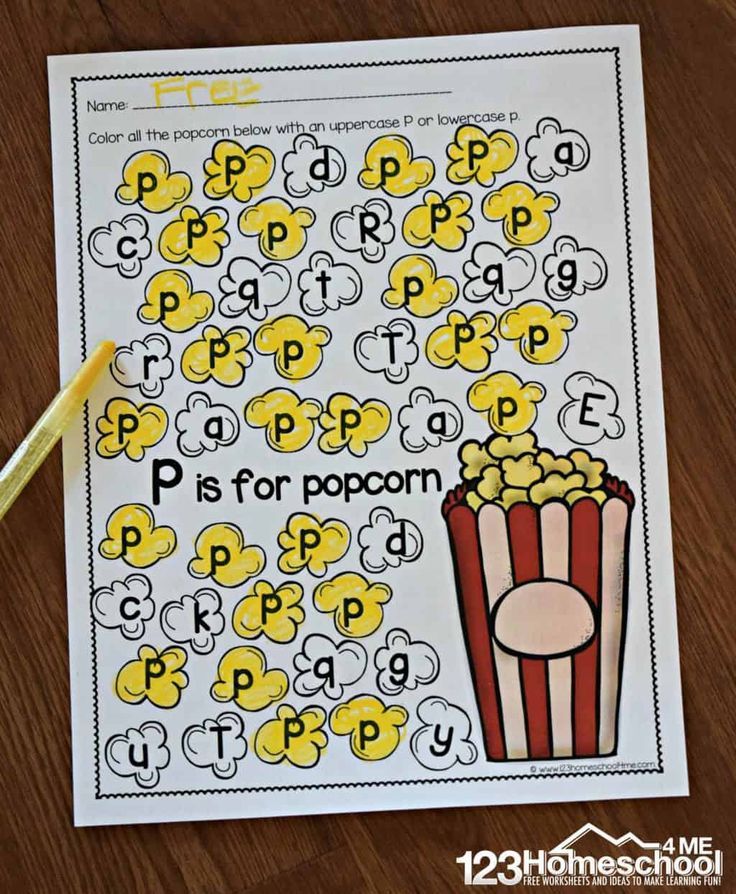
"Hidden images" - give the child several shapes consisting of elements of letters and geometric shapes. Try to find all hidden images
"Noisy" images - show your child some noisy, contour images of objects, geometric shapes, numbers or letters. Try to name and identify all objects.
"Find a Pair" - show your child pictures of several objects that are similar but slightly different. Try to define two identical objects.
"Unfinished Images" - Examine images with missing elements, such as a bird without a beak, a fish without a tail, a flower without petals, a sleeveless dress, a chair without a leg, etc. add details to complete the drawing.
Dot Images - Show images of objects, geometric shapes, letters or numbers made up of dots. Try to name objects.
"Inverted Images" - show schematic representations of objects, letters, numbers, reversed by 180°. Then try drawing the object upside down.
"Cut image" - cut the image into 2-3 parts.